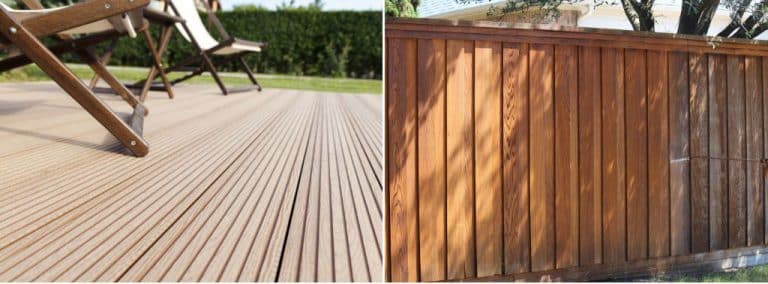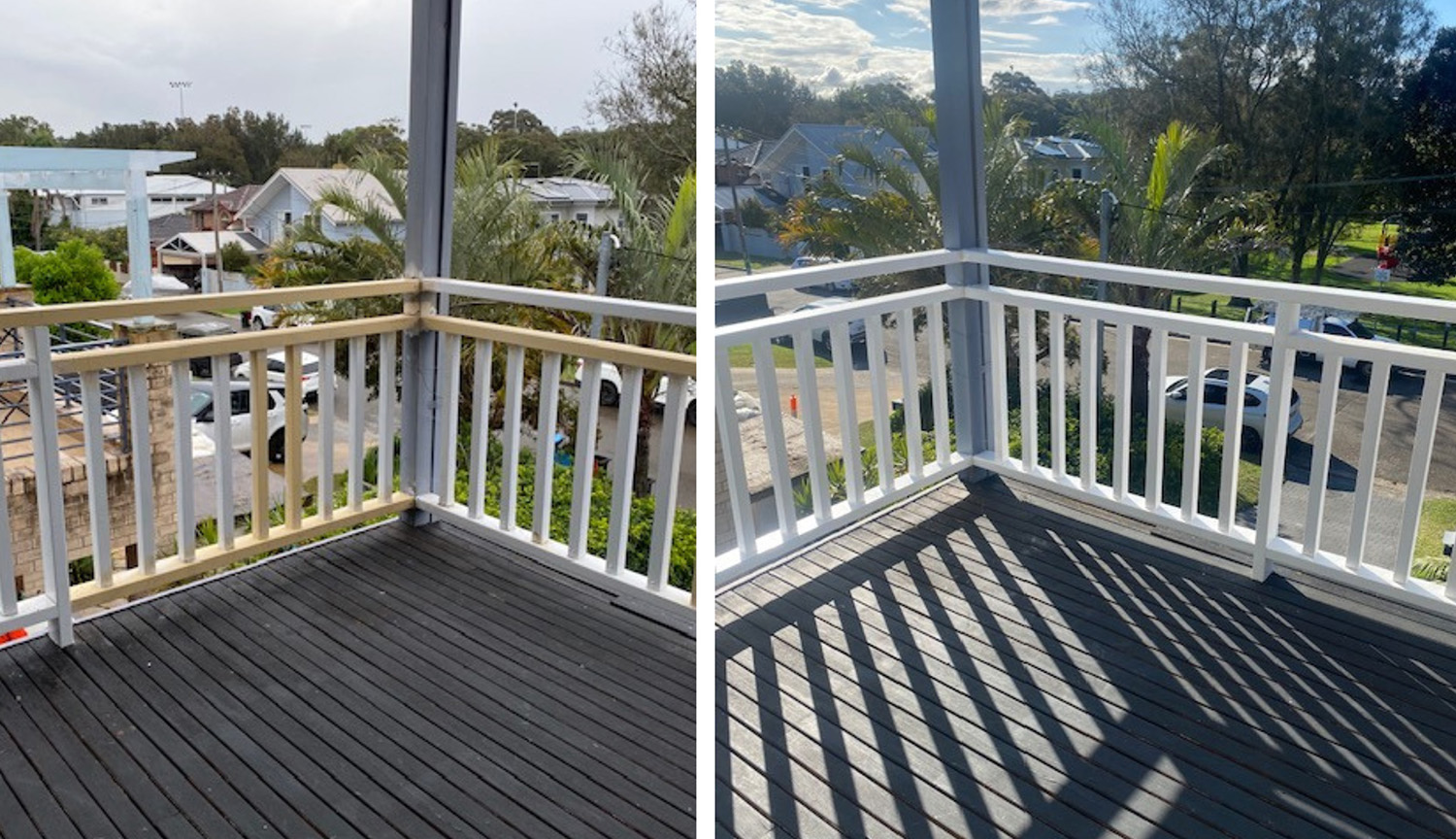Noticed black spots creeping along your bathroom edges or pool tiles? That’s mould growing in the caulk, and it’s more than just an eyesore. Mouldy caulking can lead to water damage, health issues, and even structural problems if ignored for too long.
Luckily, replacing mouldy caulk is a simple task if you follow the right steps and use the right tools. Here’s a practical guide on how to replace mouldy caulking and keep your surfaces fresh, sealed, and hygienic.
Why Does Caulk Mould?
Bathrooms, kitchens, and pool areas are constantly exposed to moisture. When caulk doesn’t fully cure or loses its seal over time, it traps water and encourages mould growth.
Poor ventilation, lack of regular cleaning, or simply old age can also contribute. Once mould appears, surface cleaning may remove some stains, but it won’t solve the problem. You’ll need to remove and replace the old caulk completely.
How to Replace Mouldy Caulking
Follow these steps when replacing mouldy caulk:
- Remove the old caulk: Use a caulk removal tool or utility knife to carefully scrape away the mouldy caulk. Try to get everything out, including residue stuck to the surface.
- Clean the area: Wipe the joint with a mould-killing solution or mix of vinegar and water. Allow it to dry thoroughly. Any moisture left behind can impact the new seal.
- Apply new caulk: Choose a mould-resistant silicone caulk designed for wet areas. Load it into a caulking gun and apply it in a smooth, even bead along the joint.
- Smooth the line: Use a damp finger or caulking tool to smooth the bead and push the sealant into the gap.
- Let it cure: Check the product label for curing times. Avoid exposing the area to water or steam until it’s fully dry.
Want more project tips? Explore our guide on pool area tiling for a safe, stylish backyard finish.
Where Should You Check for Mouldy Caulking?
Here are the most common spots to inspect:
- Around bathtubs and shower bases
- Behind bathroom sinks
- Along kitchen splashbacks
- Around laundry tubs
- Pool edging and waterline tiles
If any of these areas are discoloured or soft to the touch, it’s probably time to remove the old caulk and reapply.
Choose the Right Product for the Job
Not all caulks are the same. Use a high-quality, mould-resistant silicone product that’s suitable for bathrooms or outdoor use. Some products come with anti-mould guarantees and flexible formulas that move with your surfaces. Colour-matched caulk is also available if you want a seamless finish alongside your tiles.
Need help choosing grout, too? Our grout colour for tiles guide can help you coordinate your whole space.
When to Call a Professional
Replacing a short stretch of caulking is usually straightforward. But if the mould has spread or if your tiles are lifting or sounding hollow, you may be dealing with a bigger issue. Check out our fix drummy tiles guide or contact our floor tilers for help identifying hidden damage.
You can also speak with a pro if you’re planning to refresh your floors. Our team can help with choosing flooring options that are water-friendly and low-maintenance.
Need help removing mouldy caulk or fixing water-damaged tiles? Contact Hire A Hubby to book a trusted local tradesperson who can repair, reseal, and refresh your space.









